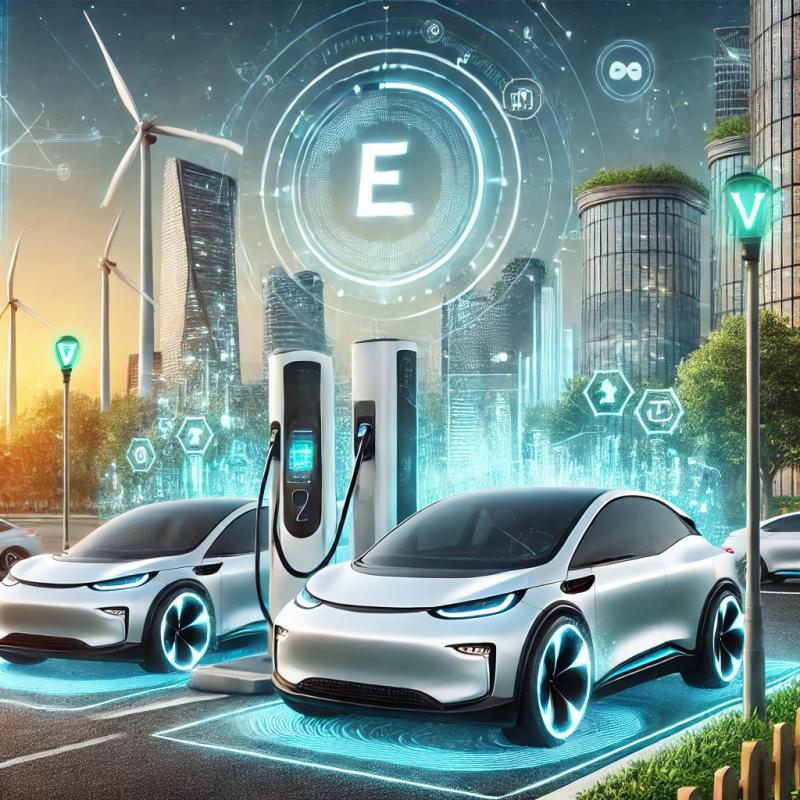Global Agrivoltaics Market: How Solar Combined with Agriculture is Transforming Farming

The global agrivoltaics market is rapidly gaining momentum as a revolutionary approach to sustainable farming. Combining solar energy production with agricultural practices, agrivoltaics enables farmers to generate renewable energy while cultivating crops beneath solar panels. This innovative concept maximizes land use, improves farm productivity, and supports environmental goals by reducing carbon footprints. As global demand for renewable energy rises and farmers seek more sustainable practices, agrivoltaics presents a unique solution to address these dual challenges.
What is Agrivoltaics?
Agrivoltaics, also known as solar sharing or dual-use solar farming, involves installing solar panels on agricultural land, enabling both electricity generation and crop cultivation on the same plot. Instead of occupying separate land for solar farms, agrivoltaics allows solar panels to be placed at elevated heights and optimized angles to ensure sunlight reaches crops below while generating solar power.
This practice offers numerous benefits: it allows farmers to diversify income, improves crop resilience by reducing heat and water stress, and contributes to the overall renewable energy grid. In regions facing land scarcity or harsh climate conditions, agrivoltaics is proving to be a viable and sustainable option for farmers.
The global agrivoltaics market is projected to reach $15,871.6 million by 2033 from $2,013.8 million in 2023, growing at a CAGR of 22.93% during the forecast period of 2023-2033.
Key Growth Drivers of the Global Agrivoltaics Industry
Increased Demand for Renewable Energy:
Growing global efforts to reduce greenhouse gas emissions are driving demand for renewable energy.
Agrivoltaics supports this transition by increasing solar energy output without needing additional land.
Countries like the U.S., Japan, Germany, and France are adopting agrivoltaics to expand renewable energy capacity and meet climate goals.
Growing Need for Sustainable Agriculture:
Climate change challenges such as unpredictable weather, water shortages, and extreme temperatures impact agriculture.
Agrivoltaics provides partial shading, reducing soil water evaporation and protecting crops from temperature extremes.
This system enhances crop resilience and quality, especially in arid regions, supporting sustainable agricultural practices.
Financial Benefits and Income Diversification for Farmers:
Agrivoltaics provides farmers a new income stream through electricity sales to the grid or on-farm use.
Government incentives, tax credits, and subsidies encourage farmers to adopt agrivoltaics.
Income diversification from solar energy helps stabilize farmer finances, offsetting crop yield or market fluctuations.
Technological Advancements and Panel Design:
Innovations in solar technology, such as adjustable panels, optimize energy production and light conditions for crops.
Semi-transparent solar panels allow filtered sunlight for crops, improving agriculture-solar compatibility.
These advancements enable a wider range of crops to grow under solar panels, further expanding agrivoltaics' potential.
Request a sample research report on the global agrivoltaics market
Key Market Segmentation
Segmentation 1: by Array Configuration
Fixed
Single-Axis Tracking
Segmentation 2: by Photovoltaic Technology
Monofacial Solar Panels
Bifacial Solar Panels
Translucent Photovoltaic Technology
Segmentation 3: by Site of Installation
Grassland Farming
Horticulture and Arable Farming
Indoor Farming
Pollinator Habitat
Segmentation 4: by Region
North America
Europe
Asia-Pacific
Rest-of-the-World
Benefits of Agrivoltaics
Enhanced Land Use Efficiency:
Agrivoltaics allows for dual land use by producing food and generating electricity on the same land.
This approach is valuable in regions with limited or expensive land, supporting both agriculture and energy needs.
In densely populated or land-scarce areas, agrivoltaics provides a sustainable way to meet agricultural and energy demands.
Improved Crop Yield and Quality:
The shading effect of solar panels creates a favorable microclimate for some crops, reducing stress from intense sunlight.
Partial shade conserves soil moisture and can increase yields and improve quality for shade-tolerant crops like lettuce, berries, and leafy greens.
Reduced Water Usage:
By shading crops, agrivoltaics helps reduce soil temperature and water evaporation, conserving moisture for longer.
This water-saving benefit is especially valuable in regions with water scarcity, helping farmers cut down on irrigation needs and costs.
Carbon Emissions Reduction:
Agrivoltaics reduces reliance on fossil fuels by generating renewable energy, supporting carbon reduction goals.
Solar panels also reduce the need for energy-intensive agricultural practices, further minimizing the environmental impact of food production.
Key Market Challenges
While the agrivoltaics market shows tremendous promise, several challenges need to be addressed:
High Initial Investment
Land and Crop Compatibility
Maintenance and Operational Costs
Regulatory and Permitting Challenges
Get more insights on the Agriculture Market Research Reports
Future Market Outlook
The future of the agrivoltaics market is promising, with ongoing research, technological innovation, and policy support likely to drive significant growth. Key trends expected to shape the market in the coming years include:
Advances in Solar Panel Design
Increased Government Support and Policy Development
Integration with Smart Farming Technology
Expanding Applications Beyond Crop Cultivation
Conclusion
Agrivoltaics is transforming farming by allowing sustainable energy generation alongside crop cultivation, maximizing land use, and supporting the global transition to renewable energy. As countries worldwide face land scarcity, water challenges, and environmental goals, agrivoltaics offers a comprehensive solution that addresses energy, agriculture, and sustainability needs.









Comments